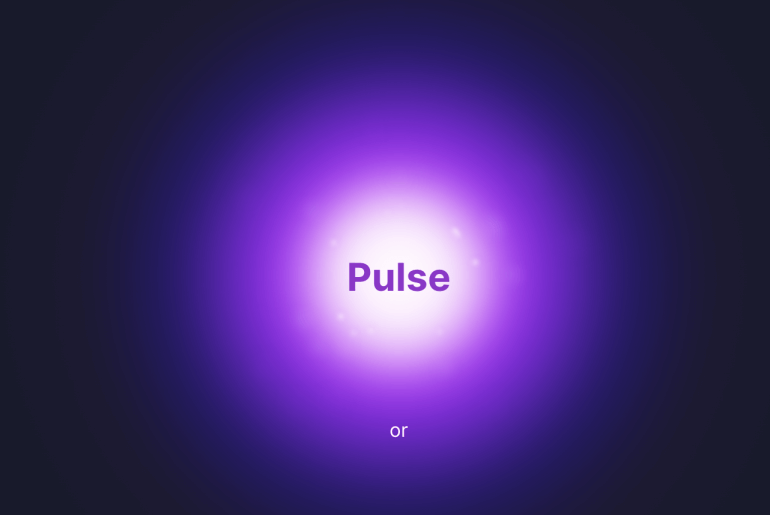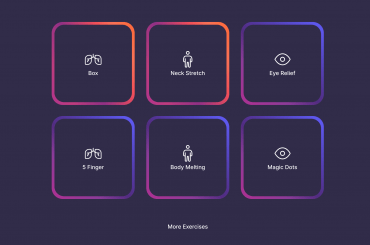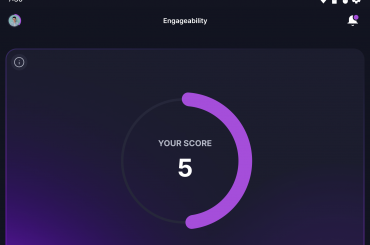One of the most pressing challenges of our time in education is the temptation of digital distraction for students. This is extended by the technology-rich environments that are commonplace in classrooms. The challenge is additionally problematic as a 1:1 classroom environment provides significant opportunities for students that otherwise simply could not be achieved. Whether students are collaborating in real time, generating multimedia content, or accessing information that would otherwise be unavailable in an offline classroom, it is clear that 1:1 technology presents rich opportunities for students.
Yet, the embedded connectivity and access for students also presents a unique challenge for both the learner and the educator in the classroom. And now, the emergence of generative artificial intelligence, and with it the uncertainty and disruption it is creating, has added a rapidly evolving layer to this challenge. Generative AI creates a scenario, where if not leveraged as a thought partner or a tool to enhance student creativity, it may remove the opportunity for students to engage in critical thinking, persist with a challenging problem, or even allow for sustained curiosity. The goal then and the challenge is to create a classroom environment where students can both leverage technology and manage the inherent distractions presented. Let’s do this in a way that values students engaging with the tasks in front of them, and helps them manage their own attentional barriers. This may be the most significant challenge educators are currently facing.
While there is no universal approach or solution to address this problem, educators can begin to craft classroom experiences that take a balanced approach. This looks like a classroom where the educator can identify phases of a classroom activity where technology and AI is not necessary to meaningfully engage with the task, as well as phases of the experience where technology and AI can play a helpful if not significant role in the student experience. Consider this approach to a multi-day writing activity below that can be adapted to a specific classroom experience. Notice how when technology is used, it is with intention for a specific purpose and with a clear outcome in mind.
To help educators and students maintain their attention on the task at hand, Engageable (formerly Focusable) is used both in an all-class approach as well as an individual setting. Integrating Engageable and the timer mechanism into this experience will help students prepare themselves for sustained attention, will provide instant feedback on the successful duration of their focused work, and time to reflect on what they had to do to get there.
Day 1: Introduce the Writing Assignment
Preparing to Write: The classroom teacher will project Engageable for the entire class to participate in a Recharge exercise (I suggest box breathing) that is followed up with a specified duration of focused work. Alternatively, you can also begin with a “Pulse” of breath from the start page of your account, that will then give students a specific length of time – 2 mins, 5 mins – to start giving their attention to one specific thing. You can project the Engageable timer or simply announce the time progression to the class at periodic intervals. The box breathing exercise is designed to prepare participants for an activity that requires sustained focus (free writing and brainstorming).
Writing: Students will engage in a free write to brainstorm ideas and begin to map out their response to the writing prompt. Students can work on this phase of the assignment offline on a paper document. The purpose behind the offline phase of writing is to provide the space and opportunity for the learner to engage with a sustained experience, free of distraction. This also promotes the flow of original thought.
Transitional Time – Preparing to Engage & Reflect: With the initial free writing and brainstorming experience complete, students have engaged in a sustained, focused writing experience. They will now shift their attention and change the focus of their work to a feedback and reflection exercise with a peer. Shifting from one experience to the next in the classroom is an outstanding time to participate in another Engageable exercise. Project the Five Finger breathing exercise to provide students with the opportunity to relax their breathing and prepare for the next phase of the experience.
Engaging & Reflecting: After Five Finger breathing, students can now share their brainstorming and free writing ideas with a peer or table partner. To keep the intention of the time clear, the classroom teacher can project the Engageable Pulse timer and indicate to students that each group will have 5 minutes to listen to their partner’s ideas and to then provide feedback. Consider use the feedback routine of:
Keep / Change / Discard
Day 2: Writing & Limited Technology
With student brainstorming and peer feedback complete, day two of their writing process will allow for the use of technology, but to a limited extent. Students can use a digital document to transfer their ideas from day one into a digital space. They can refine their original ideas and amend their brainstorming with the peer feedback from day one. Again, Engageable can be integrated into this experience at a whole-class or individual student level. They can engage with an Engageable breathing exercise and then set an individual goal of sustained writing for 10-15 minutes, which can be tracked via the Engageable timer.
Students will then begin to craft their formal response to the writing prompt and transform their brainstorming into a more formal response. As this digital writing process is taking place during class time, educators with the technology available may choose to limit student access on their device to a single tab or their digital document. You may also consider having students digitally turn in this initial draft to their learning management system. This step allows for educators to have a snapshot of student work prior to integrating any additional technology in the writing process.
Day 3: Writing with AI
Generative AI holds a significant amount of potential to act as a thought partner and customized feedback provider on student work. With much of the writing experience up to this point completed either entirely offline, or with limited access to technology, the intention of day 3 is to help students leverage AI to enhance their writing, look for opportunities for improvement, or to even act as a sounding board to challenge their ideas and arguments. Helping students know and understand how to leverage text-based generative AI as a thought partner will likely require a bit of modeling about how to craft quality prompts that will yield helpful feedback for students. Prior to this, begin the Engageable Pulse timer followed up with a 10 minute time frame of direct AI prompt writing instruction. This keeps their time with the tool limited.
Consider sharing the following prompts to guide students towards using text generative AI (ChatGPT) as a thought partner.
Prompt 1: You are an expert writer and will act as an editor and thought partner to provide feedback on a sample of student writing that I will provide. The feedback you provide will be specific, helpful and shared in a positive and uplifting tone. You will only provide feedback on the writing sample based on a question that is provided that is looking for targeted feedback on a specific portion of the writing. The overall purpose of the feedback is to both challenge the student’s ideas and to help them improve their writing. Do you understand?
Prompt 2: You are an expert writer and will provide feedback on a sample of student writing that is based on a writing rubric that will be provided. First, I will give you the rubric as the foundation to analyze the student writing and to provide feedback. Then, I will provide the sample of student writing. You will provide feedback on the student work based on each category in the rubric. If a student scores at the highest level in the category you will explain why their writing excels in that category. If a student scores in any level of a category outside of the highest level, you will provide specific feedback to the student about how they can improve their writing in that category. Do you understand?
AI Feedback, Transparency, and Documentation
While there is reasonable concern over the impact that AI will have on student work and the importance of writing as a mechanism to measure understanding, the process outlined above demonstrates a reasonable and powerful use of text-generative AI. To complete the process, students should know and understand that all use of AI as a thought partner or feedback provider must be documented as part of their process. Where students turned in the first phase of their writing as a snapshot in their process, they should similarly be expected to turn in the prompt, output, and feedback provided by AI (ChatGPT). Further, they should be asked to reflect on the feedback and suggestions provided, how the ideas may be adopted in their final draft, and how they evaluate the suggestions provided. This expectation of transparency models for the students what responsible, meaningful, and intentional use of technology and AI can look like in their writing process.



